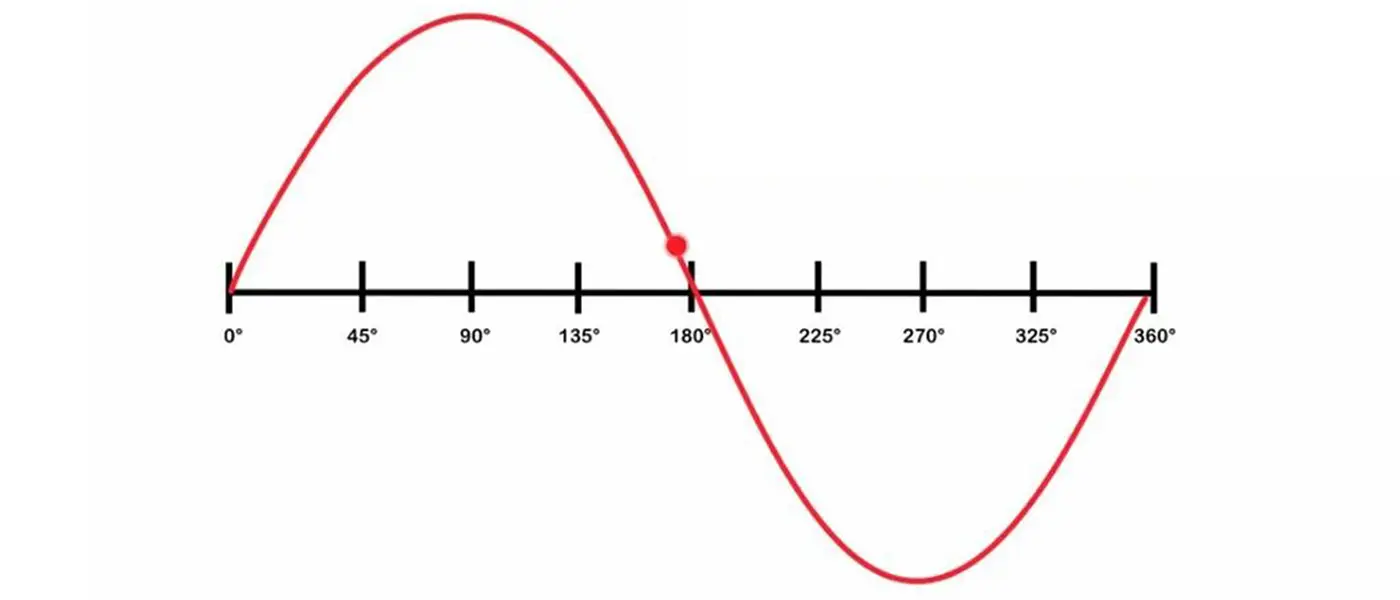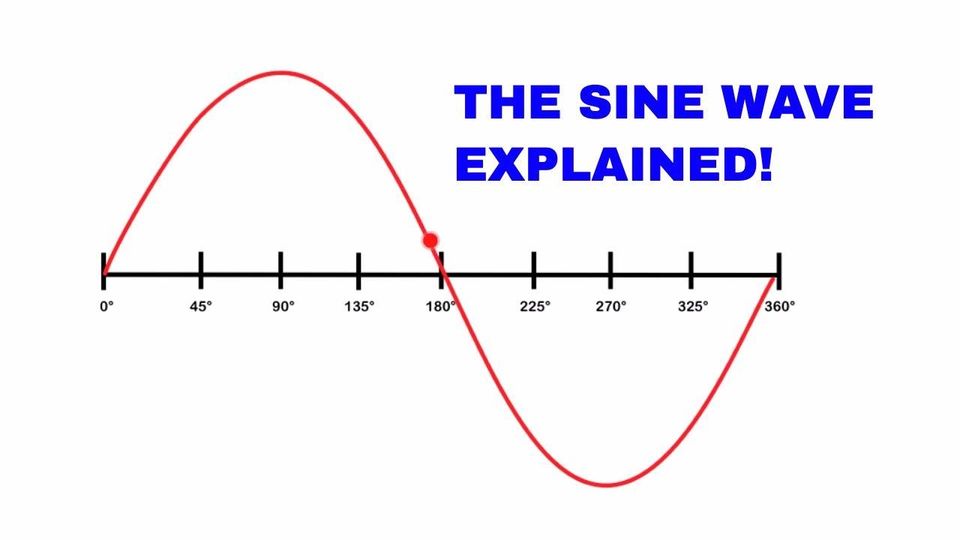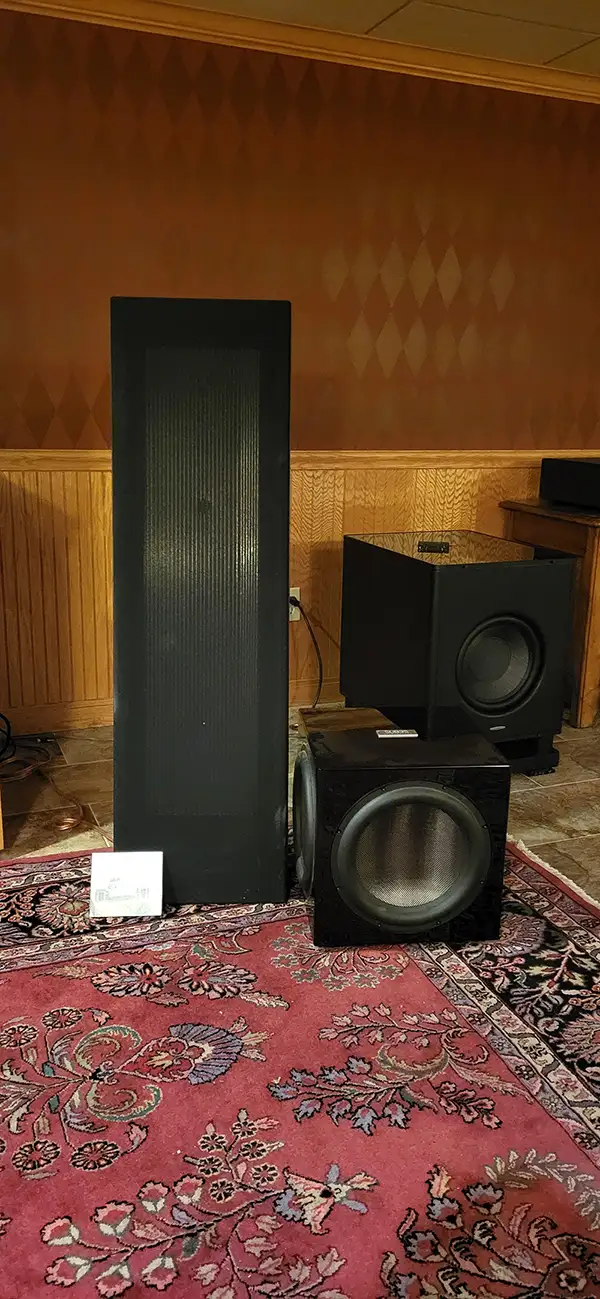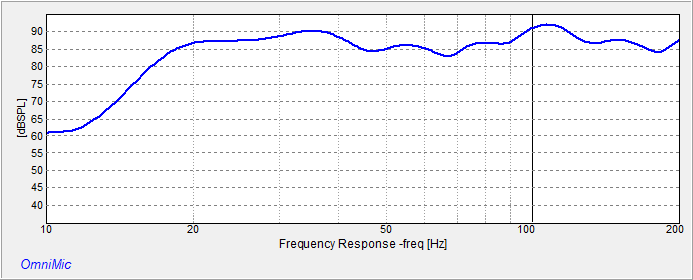To Subwoof or Not to Subwoof

What is the purpose of a Subwoofer?
ubwoofers make deep bass. Specifically, a good subwoofer will deliver bass that can enhance speakers from 120 Hz down to 32 Hz or deeper. Some of the better subwoofers can deliver bass to 20 Hz, with the largest capable of going as deep as 5 Hz in a proper room. This wide variety of frequency limits for various subwoofers can cause a lot of confusion. Add to this the hype that frequents the arena of subwoofers, and many people just don’t want to bother.

What is a sine wave and why do I care?
This next bit of information will make it easier to understand why we need a dedicated subwoofer for good bass. The sheer SIZE of a sine wave from 20 Hz to 80 Hz is quite large. One of the fascinating aspects of auditory sine waves is that as the frequency goes lower, the sine wave gets bigger. Let’s explore frequencies, sine waves and another thing called an octave.
Each time we double the frequency, we go up one octave. From 20 to 40 Hz is one octave, 40 to 80 Hz is one octave, and 80 to 160 Hz is an octave. A 20 Hz frequency is a sine wave 56 feet long, 40 Hz is 28 feet, and 80 Hz is 14 feet. If one looks at the picture of the sine wave above, it shows 0-360 degrees. This represents one complete cycle at any given frequency. At 20 Hz, which is 20 cycles per second, that wave would be 56 feet in length and would need to be reproduced by the speaker 20 times every second. We are now getting the idea as to why a dedicated subwoofer is so important: a 6-inch driver is not very good at delivering a 56-foot-long sine wave. We have now established that it takes something special and powerful to make great bass.

People keep saying a subwoofer is hard to use.
Let’s now talk about this concept that integrating a subwoofer is a hard thing to do. It isn’t a hard thing to do at all. One of the cool things about getting a subwoofer is that you get to play with it in your system over time and fine-tune it to your listening preferences. Your subwoofer will have a volume control on the back. Your receiver will typically allow adjustments of the subwoofer’s output so that you can get to a volume level that you like, and even change it as you see fit for different styles of music and movies.
Let’s see some real-life examples.

The Starke Sound Sub 35 is not the most well-known subwoofer on the market, but it has quite the pedigree. It was designed by Dan Wiggins, who has been a speaker designer for several audio companies over a period of decades. Mr. Wiggins understands how to build an accurate subwoofer as well as anyone on the planet. His Sub 35 uses a custom 12-inch woofer augmented by two 12-inch passive radiators and a dedicated 1,000-watt RMS amp. Mr. Wiggins is a proponent of subwoofers that are linear across their bandwidth, which is of vital importance in terms of accurately reproducing bass. The Sub 35 is rated to 20 Hz (+/-3 dB from 20 Hz to 120 Hz) and is relatively compact at 14.1 inches in depth, width, and height.
First, we will look at some measurements.
- 4 String Bass @ 40 Hz
- 5/6 String Bass @ 32 Hz
- Kick Drum (Depending on size) @ 30-50 Hz
- Piano/Keyboards @ 27 Hz
We could find even deeper elements in movie tracks and pipe organs, but even these standard musical instruments will demonstrate the viability of a subwoofer to achieve deep bass for a reasonable price.
Here is the response curve for the Magnepan LRS being run full range:


The Magnepan LRS is a very good loudspeaker, and above 80 Hz, it can deliver sound that is competitive with speakers in the $2,000-$5,000 per pair range. It just cannot deliver accurate bass in the lowest two octaves. A kick drum or bass guitar will not be played accurately, in terms of depth and power through a Magnepan LRS, nor will it through the many otherwise wonderful stand-mounted speakers from a variety of companies.
Now, look at what happened when the Starke Sound Sub 35 is added to the mix and the crossover feature from the Parasound New Classic 200 pre-amp is sending the bass below 80 Hz to the subwoofer. The speakers are now playing at 91 dB at the same listening position without a hint of strain from them. This 6 dB increase represents four times the power going into the speakers, and it means a huge step forward in terms of proper reproduction of the music as the sound engineers intended.
Listening tests
Then I hit the “on” button for the subwoofer. The bass was now better defined and deeper, without a hint of boom. There were other benefits as well. With the subwoofer off, the Magnepan speakers were trying to deliver this 40 Hz bass, and it’s just not going to happen. But this has the effect of slightly smearing the frequencies that it can deliver, which is noticeable after this issue is resolved. With the subwoofer engaged, the Magnepans clearly had more dynamics, sounded cleaner, and had a better overall sound stage. The instruments all became more concise in their respective place on stage, which in turn made the performance more enjoyable. This is one of the most under-appreciated aspects of a good subwoofer, it makes the main speakers better.
Next up was another well-known bass track: Steely Dan’s “What a Shame About Me” from their “2 Against Nature” CD. This track features a synthesized bass drum that has a fundamental in the 20 Hz range. The Magnepans, on their own, hint nothing of this fundamental, and also suffered if I tried to drive them at even moderate levels. Their relatively small panels just can’t take this abuse. With the Starke sub engaged, we again experienced a completely new speaker system. The volume could be turned up to more listenable levels and a full range experience was enjoyed.
Several other discs from classical, jazz, and rock CDs plus some movies were also auditioned, with consistent results across the board: in every case, a properly dialed-in subwoofer made for a superior listening experience. The combination of the Sub 35 and the LRS speakers is stiff competition for speakers like my Harbeth SHL5-Plus XD which sells for $7990 per pair.
Conclusions
- Take an existing pair of speakers and make them better
- Open up the speaker shopping experience to allow one to buy smaller main speakers while getting a full range sound
- Increase the available clean volume level of most speakers
Almost all home theater receivers have dedicated subwoofer outputs. Over the last few years, an increasing number of integrated amps and receivers have also added subwoofer outputs. Many also can make installing and achieving the best sound quality a simple task, as they have built-in room correction (auto equalization) programs such as Audyssey, Anthem Room Correction (ARC from Paradigm-Anthem), and Dirac Live. It will be worth your time to delve into these companies’ auto-eq programs and learn about the benefits. Perhaps we will explore these in a future op/ed (hint to the editors).
There are some caveats here. It will take time and patience to get the most out of your new subwoofer. I purposefully did this test without the use of any of the correction solutions that are available, as I wanted to show that it isn’t as complicated as a lot of industry people say it is to dial in a subwoofer. In most rooms, the best place for a single subwoofer will be in a corner. Trust your ears. Play with different positions and volume levels, and don’t get frustrated if you find it takes a few trial-and-error sessions to get the “dial by ear” method right.
If you can get, or already have, a receiver, integrated amp, or pre-amp with one of the auto-eq systems built in, your journey to great subwoofer sound will be just that much easier. Have fun and enjoy the journey to even better sound!